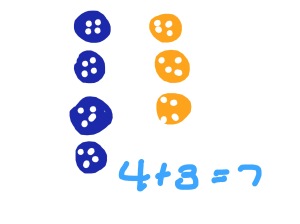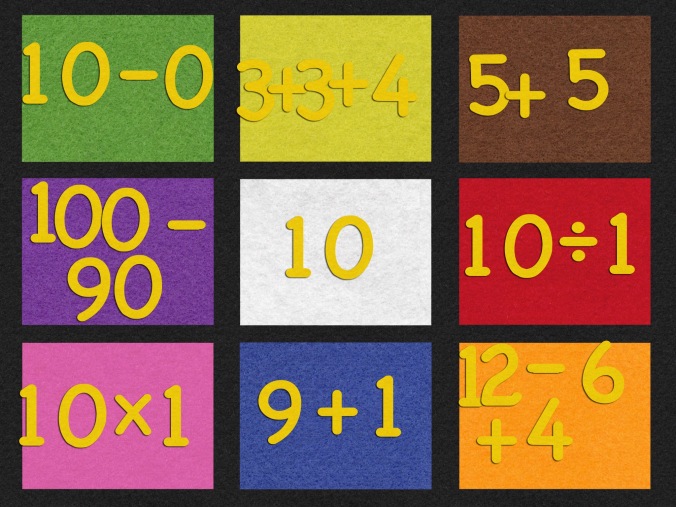**The Edvocate is pleased to publish guest posts as way to fuel important conversations surrounding P-20 education in America. The opinions contained within guest posts are those of the authors and do not necessarily reflect the official opinion of The Edvocate or Dr. Matthew Lynch.**
Guest Post by Elaine Hirsch
Examining Instructional Blogging Efforts and Lessons Learned.
As instructional blogging made its way into classrooms, student feedback has helped teachers structure methods to use blogs effectively, from elementary classrooms to online PhD programs. A mix of positive and negative feedback has helped illustrate how blogs are useful and how instructors can identify and improve upon challenges that might arise with their usage.
In his article, “Instructional Blogging: Promoting Interactivity, Student-Centered Learning, and Peer Input,” Stuart Glogoff relays student feedback after the use of instructional blogs in one of his classes. One student reported that reading about new subjects via the blogging format was enjoyable; she found that researching the topics to post on the class blog was helpful to her overall learning experience. The student, however, complained that, “the posts were few and far between.” She expressed further disappointment over the fact that none of her posts received comments, a complaint echoed amongst other students who took the survey
In order to make instructional blogging more effective, Glogoff gave blogging assignments that required each student to post entries and comment a certain number of times on the work of others. Afterward, students reported general increases in their sense of community. They also reported greater satisfaction with the overall blogging experience. Others said the entire blogging and peer-reviewing process not only helped them understand the course material but also provided a better avenue for helping each other learn through conversation.
Dr. John Freed, a professor at Brandman University, assigned students in his Communications 372 class the task of creating individual blogs accessible to all other participating students. Along with Dr. Freed, each student in the class subscribed to his or her classmates’ blogs. The class shared its ideas and participated in online discussions via the individual blogs. Students learned how to document and present their accomplishments, work electronically, and instantly place their achievements within a global context. In their end-of-term evaluations students reported the blogs did help them accomplish their course objectives.
According to Dr. Freed, many of his students expressed appreciation that the blogs not only helped them learn the class materials in a new way, but also they liked that the blogs made class materials more readily accessible. Some reported the blogs facilitated learning from one another, and helped them learn new electronic media skills that could be applied in other settings. The only negative feedback he received was from students previously inexperienced with blogging and who therefore had problems learning to navigate the interface, causing them to fall behind on their work.
In a study conducted by Michele D. Dickey of Miami University students who had participated in instructional blogging assignments reported a lessening sense of social isolation and an increase in social camaraderie. One student reported her interactions via blogging with other students in the class instilled the idea that she was part of a community composed of her classmates.
In the same study, one student revealed mixed feelings about assigned blogging. She reported feeling that the friendliness that took place during blog discussions wasn’t genuine. She also reported a sense of cronyism: other members of the blogging group had become exclusive friends and ignored her posts. As a result, she didn’t feel her attempts to start conversations were successful. She also expressed that the sense of community often expressed in the postings didn’t fairly represent the actual class, but instead represented the group dynamics of the online community.
Using blogging as an online educational workspace can expand the realm of learning beyond the physical constraints of the classroom. For many students, it provides a whole new method of learning. The crucial element for instructors is to listen carefully to how students express their experiences and to draw on this information to improve instructional blog use for future classes.
This post originally appeared on the Emerging EdTech page, and was republished with permission.
Read all of our posts about EdTech and Innovation by clicking here.
________________________
Elaine Hirsch is kind of a jack-of-all-interests, from education and history to medicine and videogames. This makes it difficult to choose just one life path, so she is currently working as a writer for various education-related sites and writing about all these things instead.

![Visualizations, like maps, communicate information differently—and often more effectively—than text, as seen in this classic example: Harry Beck’s 1933 London Underground map.]](http://www.theedadvocate.org/wp-content/uploads/2015/06/1.LondonUnderground-300x213.jpg)




 One was being a wise-guy, but still got the right number of buttons. By making these number stories open-ended, students have the ability to use multiple pathways to get to the answer. Another student and a partner, worked together to create what we call an “incredible equation”. One of the students was stronger in math (clearly, as he is able to multiply and divide at age 5) and the other was working on grade level. Together they made this:
One was being a wise-guy, but still got the right number of buttons. By making these number stories open-ended, students have the ability to use multiple pathways to get to the answer. Another student and a partner, worked together to create what we call an “incredible equation”. One of the students was stronger in math (clearly, as he is able to multiply and divide at age 5) and the other was working on grade level. Together they made this:
